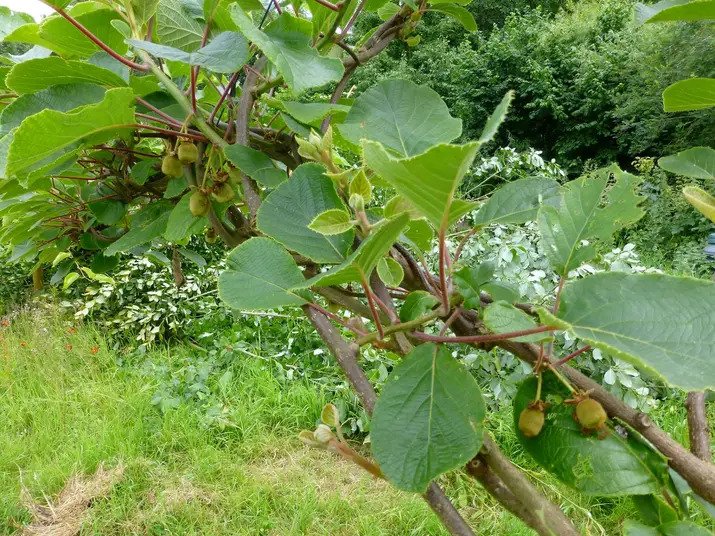
In the widest sense, we aspire to improve our local resilience. This means reducing our need for imported food, fuel, craft materials and income.
We have a short list of aims for our land:
- Great, useful, wild and beautiful places to be
- Producing some of our own wood for heating, crafts and building
- Growing some of our own food to eat, and maybe to sell as well
- Space for guests, maybe even paying guests in the future
- Domestic composting and sewage management turning waste into fertility
1. Outdoor compost loo/sit down urinal/stand up urinal
This will be made much more useful and beautiful in the future, but already functions very well, if a bit scruffy.
2. Events Field
We have an outdoor firepit and space to erect a marquee. There are some very big, attractive trees here, a fun tree-house and a sheltered fire space too called The Forge.
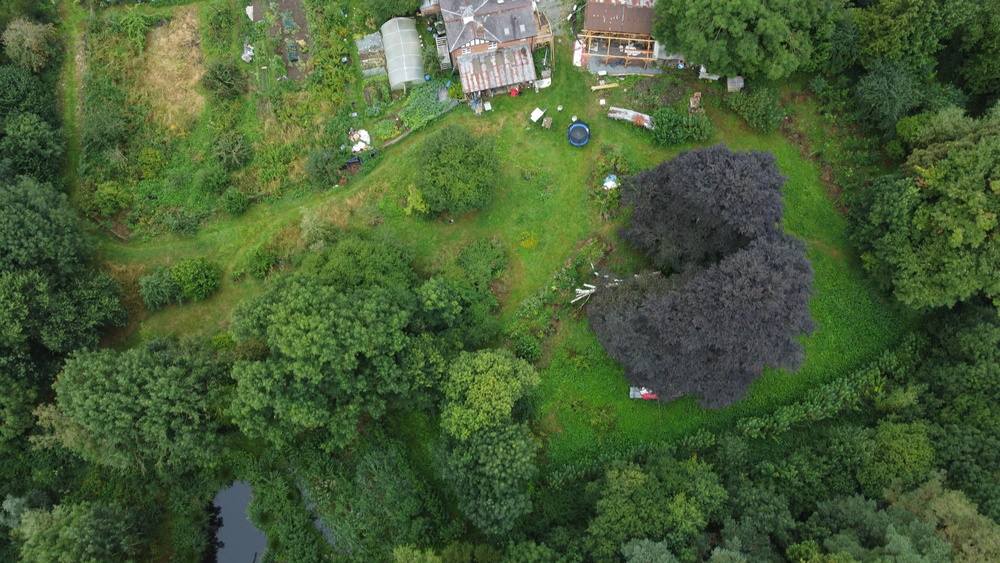 3. The Wetland area
3. The Wetland area
We have a constructed wetland, which cleans our waste water and also produces basketry-grade willow which we sell to local craftspeople. We also harvest willow for medium-grade firewood (Neither big logs nor little kindling), all of which we harvest from our own wetland, woods and hedges.
4. Hedges
With enough time, we will get round to laying all our hedges. This provides good habitat for dormice, who prefer hedges laid low and thick, so that the mice can get some of the hazel nuts, and the owls can't get all of the mice! If the hazel hedges get tall and leggy, the squirrels get all the nuts. A squat, thick hedge is better for birds nesting too. Particular advantages of lowering our boundaries are that more light and warmth gets into the site, and at its lowest point, the cold air – freezing fog in winter - will ooze off more easily.
5. New Orchard, Old Orchard, Kitchen Garden and Allotments
The orchards are already managed for lots of soft-fruit and hard-fruit, and a few nuts. The kitchen garden and allotments produce some veg too. Some people who live in the village, not in the co-op, pay us a small rent for “allotments” as well, and the bee hives in the old orchard are also managed by someone who lives nearby, not a member of the co-op.
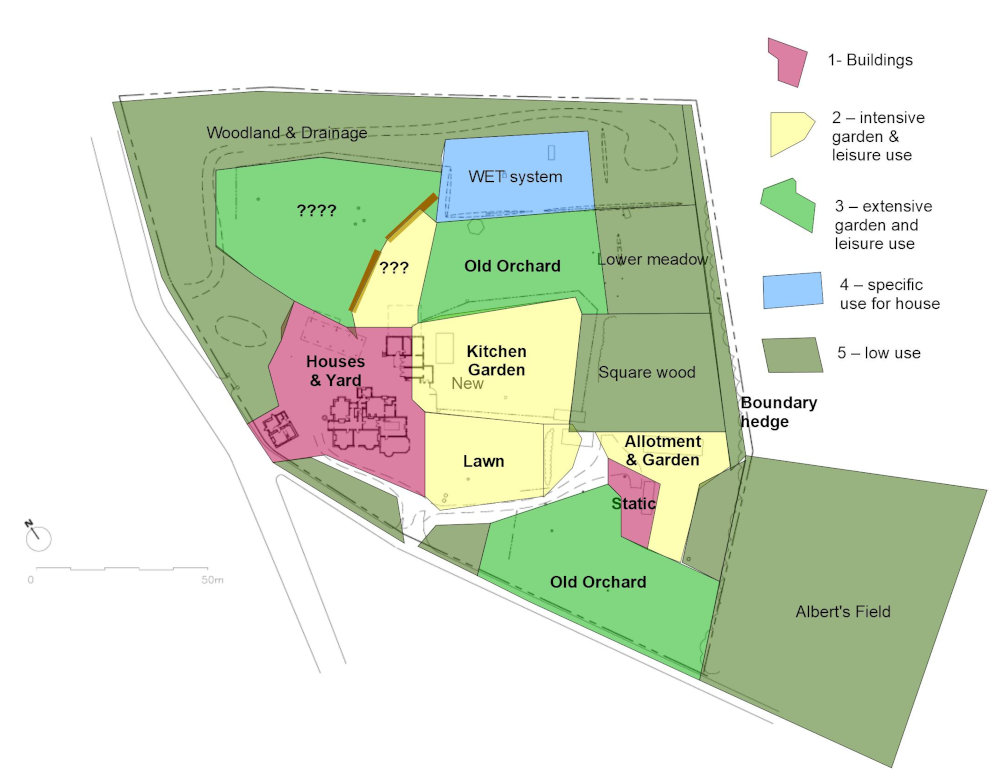
6. The Pond and drainage system
The drainage ditch collects run-off from the main road and sends it away from the buildings towards the field drain in the field below our land. It also has an overflow inlet from the WET system (Wetland Ecosystem treatment - see www.biologicdesign.co.uk). The trench is dug out every 10-15 years. We trim the trees around it for firewood and craft materials. When it's tidier, it will be a place for hanging out and walking around, but it needs better gates and fencing and all this needs to be planned very carefully so that it remains a haven for birds and other wildlife. Ducks, coots and moorhens all nest here.
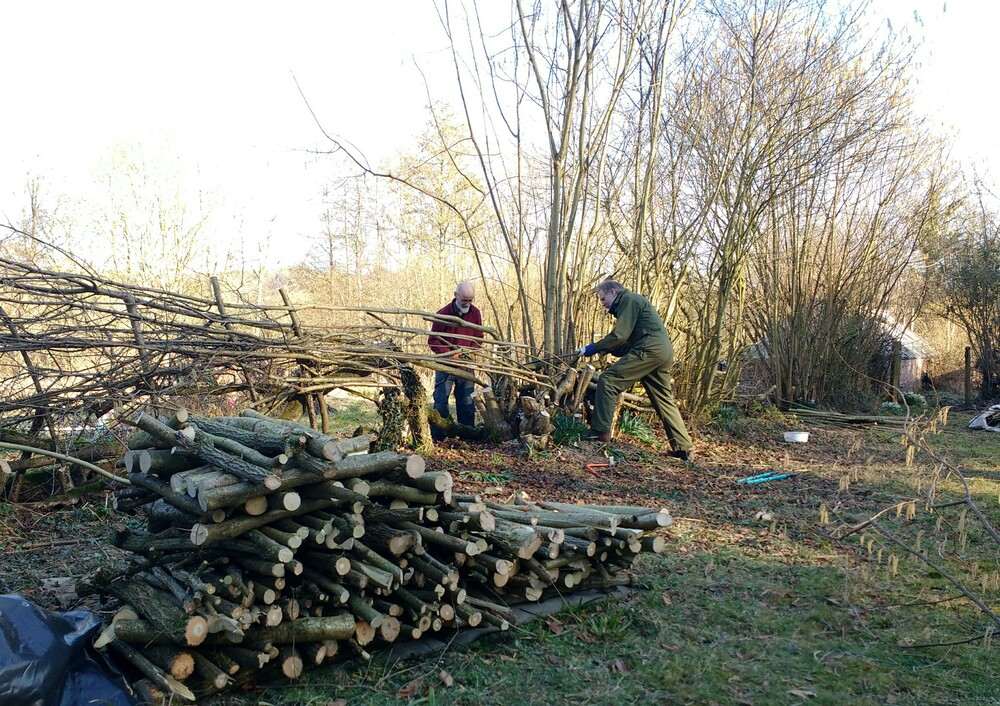 7. Small Coppiced Woods
7. Small Coppiced Woods
These parts of the land are currently changing from meadow ecology to woodland ecology. We have many young silver birch, ash, oak, chestnut, hazel and spindle trees here. We will leave some of the oak to become significant timber, but we're working our way through coppicing the ash, hazel, willow and other species in the meantime.
8. The lounging lawn
Our main sheltered fire pit, and the most lounge-like outdoor space with paddling pool in the summer, goal posts and swing ball etc. This is usually where we have picnics and barbecues or host outdoor events and parties.
9. The Front Lawn
Sometimes left very long as a wild flower meadow, this area will have low plantings to maximise light into the house.
Low Impact Sewage Management
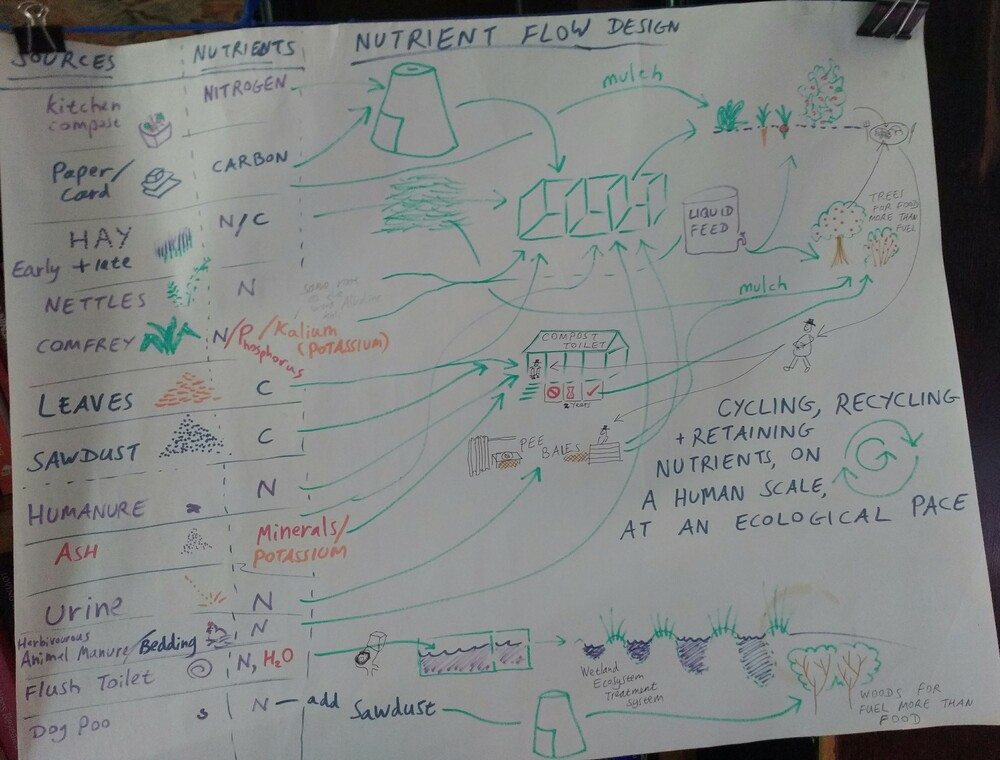
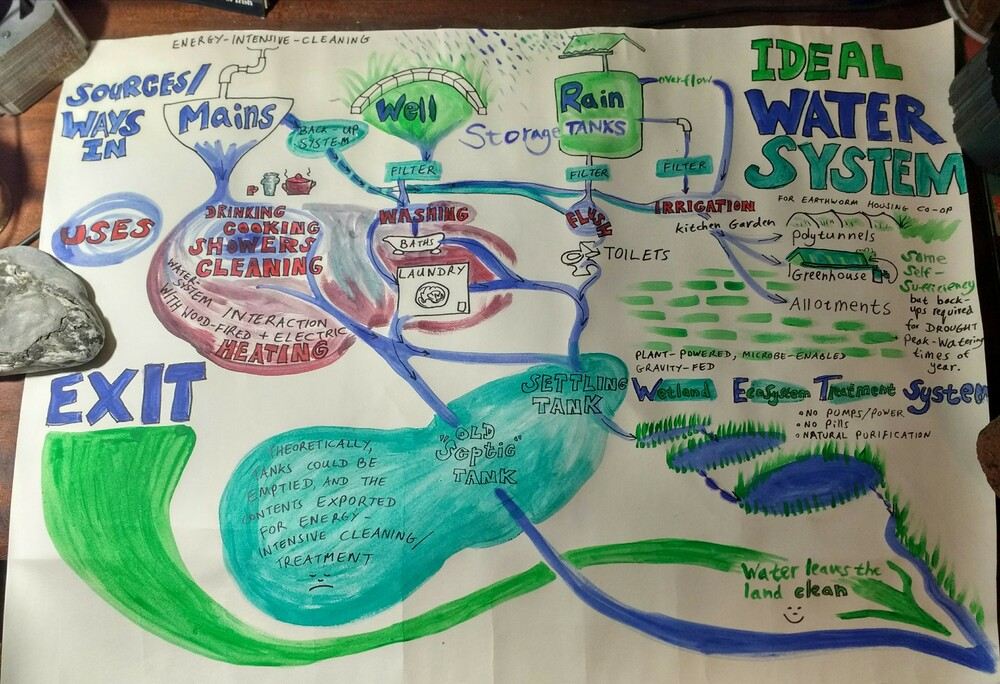
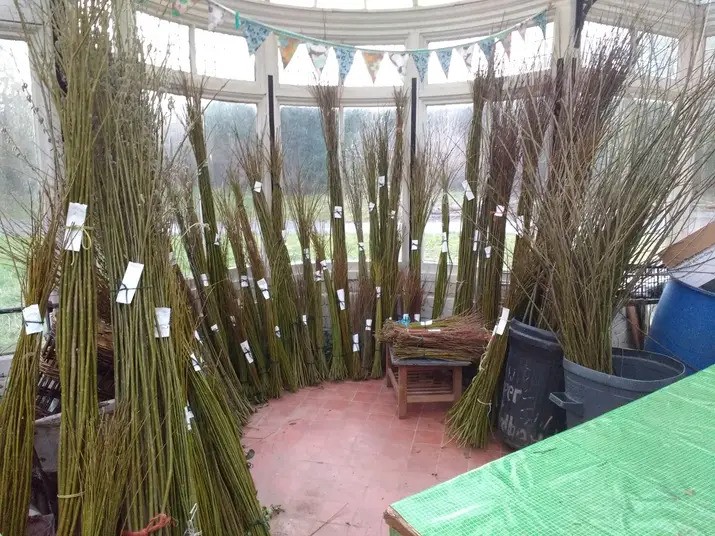
The wetland we installed in 2014 deals with all the through flow from our septic tank, which takes everything from the bathrooms old and new, loads more showers and toilets and washing machines than the place had for its first 100 years. After the solids settle out in the two-chambered tank (SEE DIAGRAMS), the water flows out in new pipework to the far north of our land. Jay Abrahams is the designer of our old (2000) and new (2014) WET systems - Wetland Ecosystem Treatment systems. His website is here.
Because of the low nature of our land, we cannot be connected to the mains sewage, without also installing a pump which would be prone to breaking and expensive in turns of initial outlay, maintenance and electricity use.
We are very happy with our unusual systems in which waterborne waste works through ponds and swales. The bacteria and microbes that live on the roots of the plants and in the swales make the nutrients in the waste rapidly available to plants, planted in and around the swales.
The ponds are a haven for wildlife and wildflowers, and technically clean enough to paddle or swim in after the first few, but only the dogs fancy it, and then only outside of the frogspawn season!
It’s much more of a wildlife haven than a leisure feature! For a much nicer wild-swim, a ten minute walk through the village of Leintwardine gets you to the beautiful confluence of the rivers Teme and Clun, where various gravelly beaches and watery meadows are totally inviting for most of the year.